The Black Mamba scientifically known as Dendroaspis polylepis is a highly venomous snake that commands both fear and fascination. Known for its speed, agility, and potent venom, this African serpent is one of the most feared reptiles on the continent. Black mambas are swift, anxious, lethally poisonous, and very aggressive when threatened. They’ve been blamed for a slew of human fatalities, and African legends inflate their talents to legendary levels. For these reasons, the black mamba is commonly regarded as the world’s most lethal snake.
They earn their name not from the color of their skin, which is olive to gray, but from the blue-black hue of the interior of their mouth, which they show when threatened.
Black mamba: Species profile
COMMON NAME: Black Mamba
SWAHILI NAME: Hongo Mweusi, Futa or Koboko
SCIENTIFIC NAME: Dendroaspis polylepis
TYPE: Reptile
FOOD: The Black Mamba primarily preys on small mammals, such as rodents, as well as birds and occasionally other reptiles. It is a highly efficient hunter, using its speed and agility to capture its prey.
HABITAT: Black Mambas are found in a variety of habitats in sub-Saharan Africa, including savannas, woodlands, and rocky areas. They prefer areas with dense vegetation that provide them with both hiding spots and opportunities for hunting.
SIZE: Black Mambas are known for their impressive size. On average, they measure between 2.5 to 3 meters (8 to 10 feet) in length. Some individuals can even exceed 4.5 meters (15 feet), making them one of the longest venomous snakes in the world.
AVERAGE LIFE SPAN IN THE NATURAL HABITAT: In the wild, Black Mambas have an average life span of approximately 11 to 12 years. However, there have been reports of individuals living up to 20 years or more in captivity.
ACTIVE: Black Mambas are diurnal, meaning they are most active during the day. They are highly active and agile snakes, constantly on the move in search of prey or suitable basking spots to regulate their body temperature.
GESTATION PERIOD: The gestation period of Black Mambas lasts around 80 to 90 days. After mating, the female lays a clutch of eggs and carefully guards them until they hatch. The number of eggs can range from 6 to 25, depending on various factors.
WEIGHT: The weight of an adult Black Mamba can vary, but they generally weigh between 1.5 to 3 kilograms (3.3 to 6.6 pounds). Larger specimens may weigh up to 4.5 kilograms (10 pounds) or more.
SIZE COMPARISON TO A 6-FT MAN: The length of a Black Mamba, ranging from 2.5 to 4.5 meters (8 to 15 feet), far exceeds the height of a 6-ft man. It is significantly longer and more slender in comparison.
Physical Features and Adaptations:
The Black Mamba is a large and slender snake, often reaching lengths of 2 to 3 meters (6.5 to 10 feet). Its name derives from the black coloration on the inside of its mouth rather than its overall body color, which can vary from grayish-brown to olive or green. It possesses a distinctive coffin-shaped head, long fangs, and powerful muscles, all of which contribute to its predatory success.
Habitat and Distribution:
Black Mambas inhabit a range of habitats across sub-Saharan Africa, including savannas, woodlands, and rocky areas. They are most commonly found in countries such as South Africa, Swaziland, Zimbabwe, Mozambique, and parts of East Africa. These snakes are skilled climbers and are also known to swim when necessary.
Behavior and Hunting Strategies:
Venom and Predatory Behavior:
The Black Mamba is known for its potent neurotoxic venom, which contains a combination of enzymes that rapidly affects the nervous system of its prey. Contrary to popular belief, Black Mambas do not actively seek out human confrontations and will generally retreat when given the opportunity.
Speed and Agility:
Black Mambas are famous for their incredible speed, capable of reaching speeds up to 20 kilometers per hour (12.4 miles per hour). Their agility and quick reflexes allow them to swiftly move through their habitat and capture prey, primarily small mammals and birds.
Ecological Significance:
As top predators, Black Mambas play an essential role in regulating populations of their prey species. By controlling the numbers of rodents and birds, they help maintain the delicate balance of the ecosystems they inhabit. They are also indicators of the overall health and biodiversity of their habitats.
Conservation Status and Human Interaction:
The Black Mamba is currently listed as a species of least concern on the IUCN Red List, thanks to its relatively wide distribution and adaptable nature. However, habitat loss, persecution due to human fear, and illegal wildlife trade pose potential threats to their populations. It is important to promote awareness and conservation efforts to ensure their long-term survival.
Myth and Reality:
Due to its reputation as a highly venomous snake, the Black Mamba has become the subject of numerous myths and legends. While it is important to respect their venomous nature, it is equally crucial to separate fact from fiction and understand the snake’s true behavior and ecological role.
Dendroaspis polylepis
The Dendroaspis polylepis (Black Mamba), with its speed, venom, and enigmatic presence, remains a symbol of both fear and respect. By appreciating its ecological significance and dispelling misconceptions, we can foster a greater understanding and coexistence with this remarkable African snake.
Black Mamba Adaptations:
The black mamba (Dendroaspis polylepis) is a snake species known for its speed, agility, and potent venom. Found in various regions of Africa, including Tanzania, the black mamba has evolved several remarkable adaptations that contribute to its survival in its diverse habitats. Let’s delve into the fascinating adaptations of this iconic and formidable serpent.
1. Venomous Bite
One of the most notable adaptations of the black mamba is its venomous bite. Equipped with long, hollow fangs positioned at the front of its mouth, the black mamba can deliver a potent neurotoxic venom to its prey or when threatened. The venom acts on the nervous system, causing paralysis and, if left untreated, can be deadly. This adaptation enables the black mamba to incapacitate and subdue its prey efficiently.
2. Speed and Agility
The black mamba is renowned for its exceptional speed, making it one of the fastest snakes in the world. It can slither at speeds of up to 12 miles per hour (20 kilometers per hour). This impressive speed allows the black mamba to swiftly maneuver through its environment, both on the ground and in trees. Its long and slender body, combined with strong muscles and a flexible spine, contribute to its remarkable agility and swift movements.
3. Elongated Body Shape
The black mamba’s elongated body shape is a key adaptation that facilitates its efficient movement and enhances its ability to navigate its surroundings. With a length that can reach up to 14 feet (4.3 meters), the black mamba possesses a streamlined body ideal for gliding through grasses, bushes, and even climbing trees. Its slender physique enables it to squeeze through narrow gaps, seeking refuge or pursuing prey with ease.
4. Camouflage and Coloration
While the name “black mamba” may suggest a uniformly black appearance, the snake’s coloration is more complex. The black mamba’s body is typically olive to grayish-brown, with a lighter underbelly. Its scales have a glossy appearance, which aids in shedding heat efficiently. This coloration allows the black mamba to blend into its natural surroundings, making it more challenging for potential predators or prey to detect.
5. Advanced Sensory Organs
The black mamba possesses advanced sensory organs that contribute to its hunting and survival abilities. Its forked tongue plays a crucial role in chemoreception, allowing the snake to “taste” the air and detect the scent trails of potential prey. Additionally, the black mamba has heat-sensitive pits located between its eyes and nostrils, known as pit organs. These organs enable the snake to detect and accurately strike at warm-blooded prey, even in darkness or obscured environments.
6. Highly Developed Vision
The black mamba has excellent vision, adapted for both diurnal and crepuscular activity. Its large and forward-facing eyes provide a wide field of vision, allowing the snake to detect movement and potential threats or prey. This adaptation enhances its hunting efficiency and awareness of its surroundings.
7. Territorial Behavior
The black mamba exhibits territorial behavior, defending its preferred habitat and hunting grounds from intruders. It marks its territory by leaving shed skins and scent trails, warning potential rivals to stay away. This territorial adaptation helps ensure a consistent food supply and reduces competition with other black mambas in the area.
Where to See the Black Mamba in Tanzania:
Encountering the black mamba (Dendroaspis polylepis) in its natural habitat is an exhilarating experience for wildlife enthusiasts. Found in various regions of Africa, including Tanzania, the black mamba inhabits diverse environments. Here are some key locations where you may have the opportunity to see this iconic and formidable serpent in Tanzania.
1. Serengeti National Park
Serengeti National Park is renowned for its vast savannahs and abundant wildlife. While the black mamba is not commonly associated with this particular ecosystem, occasional sightings have been reported. Exploring the park’s grasslands and woodlands might present an opportunity to spot this elusive snake.
2. Ngorongoro Conservation Area
The Ngorongoro Conservation Area is a unique and diverse landscape that encompasses the Ngorongoro Crater and its surroundings. This area provides a range of habitats, including grasslands, forests, and wetlands, which could potentially be home to the black mamba. Exploring the diverse ecosystems within the conservation area may increase your chances of encountering this elusive serpent.
3. Selous Game Reserve
The Selous Game Reserve is one of the largest protected areas in Africa, offering a pristine and undisturbed wilderness. With its diverse habitats, including woodlands, swamps, and rivers, the reserve provides favorable conditions for a variety of wildlife species, including the black mamba. Venturing into this expansive reserve may provide an opportunity to spot this remarkable snake.
4. Ruaha National Park
Ruaha National Park is located in central Tanzania and is known for its rugged landscapes and rich biodiversity. The park’s diverse habitats, ranging from baobab-studded plains to riverine forests, make it a potential habitat for the black mamba. Exploring the park’s varied terrain and observing its wildlife may unveil the presence of this elusive snake.
5. Tarangire National Park
Tarangire National Park is famous for its large elephant herds and picturesque landscapes. The park’s combination of acacia woodlands, savannahs, and riverine habitats create a diverse ecosystem that may support populations of the black mamba. While sightings are not common, the park’s unique features make it a place worth exploring.
6. Seek Expert Guidance
When searching for the black mamba in Tanzania, it is advisable to seek the assistance of experienced local guides or wildlife experts. These experts have extensive knowledge of the region’s fauna and can provide valuable insights into the snake’s behavior, preferred habitats, and recent sightings. Their expertise can greatly enhance your chances of encountering the black mamba in a safe and responsible manner.
Remember Safety First
While the black mamba is a fascinating and iconic species, it is essential to prioritize your safety and that of the snake. Always maintain a respectful distance and avoid any attempts to approach, touch, or handle the snake. Admire it from a safe distance and observe its natural behavior without causing any disturbances or harm.
Exploring the Habitat of Africa’s Elusive Snake
While the black mamba’s presence in specific locations within Tanzania cannot be guaranteed, exploring the diverse habitats of Serengeti National Park, Ngorongoro Conservation Area, Selous Game Reserve, Ruaha National Park, and Tarangire National Park may provide opportunities for an extraordinary encounter with this elusive snake. Seek expert guidance, practice responsible wildlife viewing, and enjoy the beauty of Tanzania’s natural wonders.
Black Mamba Safari Tips:
Embarking on a black mamba safari in Tanzania is an exciting and thrilling adventure for wildlife enthusiasts. As you prepare for this unique experience, it’s important to prioritize safety and responsible wildlife viewing practices. Here are some essential tips to ensure a safe and memorable black mamba safari.
1. Seek the Guidance of Professional Guides
When planning a black mamba safari, it is highly recommended to enlist the services of experienced and knowledgeable local guides. These professionals have a deep understanding of the black mamba’s behavior, and preferred habitats, and can enhance your chances of sighting this elusive snake while ensuring your safety throughout the journey.
2. Choose Reputable Safari Operators
Selecting a reputable safari operator is crucial for a successful and safe black mamba safari. Look for operators that prioritize responsible wildlife viewing, have trained guides, and adhere to ethical practices. Conduct thorough research, read reviews, and choose operators with a proven track record in wildlife conservation and sustainable tourism.
3. Follow Safety Instructions
Listen carefully to the safety instructions provided by your guides and safari operators. They will educate you on the potential dangers of encountering a black mamba and the necessary precautions to take. Pay attention to their advice on maintaining a safe distance, avoiding sudden movements, and respecting the snake’s space. Compliance with these instructions is vital for your safety and the well-being of the black mamba.
4. Wear Appropriate Attire
Dress appropriately for the safari, considering the climate and terrain of the region you’ll be exploring. Opt for lightweight and breathable clothing that provides coverage and protection against the sun, insects, and potential encounters with vegetation. Closed-toe shoes with sturdy soles are essential to protect your feet from any potential snake bites.
5. Use Binoculars and Cameras
Binoculars and cameras with telephoto lenses are essential tools for observing wildlife from a safe distance. They allow you to appreciate the beauty of the black mamba and other wildlife without intruding on their natural habitat. Respect the snake’s space and avoid disturbing its behavior by using these tools to observe from afar.
6. Practice Responsible Wildlife Viewing
During your black mamba safari, always remember to practice responsible wildlife viewing. Stay on designated paths or trails and avoid straying into restricted areas. Respect any regulations set by national parks or reserves regarding wildlife interaction. Do not attempt to touch or provoke the black mamba, as it is a highly venomous snake.
7. Be Patient and Observant
Patience and keen observation are essential when searching for the black mamba. Understand that spotting this elusive serpent may require time and effort. Keep your eyes peeled for any movement, listen for rustling sounds, and pay attention to your surroundings. Your patience and attentiveness may reward you with a remarkable encounter with the black mamba.
8. Embrace the Entire Safari Experience
While the black mamba may be the highlight of your safari, remember to embrace the entire experience. Tanzania is home to a diverse array of wildlife, stunning landscapes, and unique ecosystems. Take the time to appreciate the beauty of nature, observe other species, and immerse yourself in the wonders of the African wilderness.
Safely Exploring the Habitat of Africa’s Elusive Serpent
A black mamba safari in Tanzania offers a thrilling opportunity to witness the beauty of this iconic and elusive snake. By following the guidance of professional guides, prioritizing safety, practicing responsible wildlife viewing, and embracing the entire safari experience, you can enjoy an unforgettable adventure while ensuring the well-being of the black mamba and its habitat.
Frequently Asked Questions about Black Mambas:
Black mambas (Dendroaspis polylepis) are fascinating and formidable snakes that elicit curiosity and intrigue. To shed light on common queries about black mambas, we have compiled a list of frequently asked questions and their answers. Read on to enhance your understanding of these remarkable reptiles.
Q1: What makes the black mamba venomous?
Black mambas possess a potent venom that consists of neurotoxins and cardiotoxins. This venom affects the nervous system and the heart, leading to paralysis and potential fatality if left untreated. It is essential to exercise caution and respect when encountering black mambas in their natural habitat.
Q2: Where are black mambas found in the wild?
Black mambas are indigenous to various regions in sub-Saharan Africa, including countries like Tanzania, South Africa, Kenya, and Zimbabwe. They typically inhabit savannahs, woodlands, and rocky areas with access to suitable prey and shelter.
Q3: How fast can a black mamba move? Black mambas are renowned for their incredible speed and agility. They can reach speeds of up to 20 kilometers per hour (12 miles per hour), making them one of the fastest snakes in the world. This impressive speed allows them to swiftly escape potential threats or capture prey.
Q4: Are black mambas aggressive towards humans?
Black mambas are generally shy and prefer to avoid human contact. However, they can become aggressive if they feel threatened or cornered. It is important to exercise caution and respect their space to minimize the risk of an aggressive response.
Q5: How venomous is a black mamba bite?
The venom of a black mamba is highly toxic and can be fatal if not promptly treated. Its venom yields a high concentration of neurotoxins, which affects the nervous system, leading to paralysis and respiratory failure. Seek immediate medical attention in the event of a black mamba bite.
Q6: Can black mambas be kept as pets?
It is not recommended to keep black mambas or any other venomous snakes as pets. They require specialized care, handling, and permits. Keeping venomous snakes poses significant risks to both the owner and the general public. It is best to appreciate black mambas in their natural habitat or in controlled educational environments.
Q7: How can I stay safe if I encounter a black mamba in the wild?
If you encounter a black mamba in the wild, it is crucial to remain calm and back away slowly. Do not attempt to touch or handle the snake. Give it ample space to retreat and avoid making sudden movements that may startle or provoke it. If bitten, seek immediate medical attention.
Q8: What is the lifespan of a black mamba?
Black mambas have an average lifespan of 11 to 15 years in the wild. However, factors such as predation, habitat loss, and human activities can significantly impact their longevity. In captivity, black mambas may live slightly longer, reaching up to 20 years under optimal conditions.
Q9: How can I contribute to black mamba conservation?
Contributing to black mamba conservation can be achieved through supporting organizations and initiatives focused on preserving snake habitats, raising awareness about the importance of these species, and promoting responsible wildlife practices. Educating others about the ecological role of black mambas is also crucial.
Q10: Are there any benefits to having black mambas in the ecosystem?
Despite their intimidating reputation, black mambas play a vital role in ecosystem balance. They help control rodent populations, which can be harmful to crops and carry diseases. Additionally, their presence indicates a healthy and functioning ecosystem.

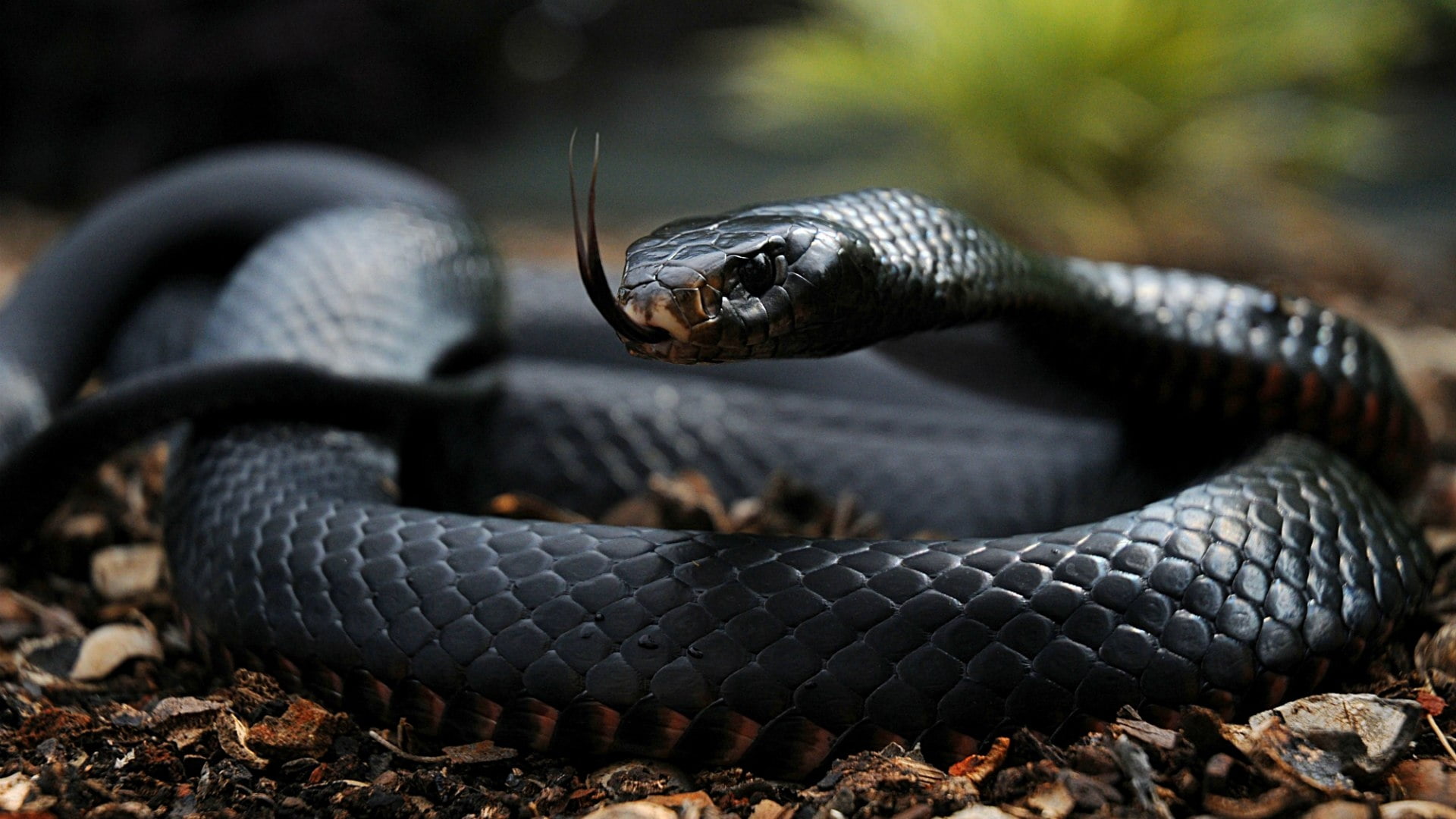
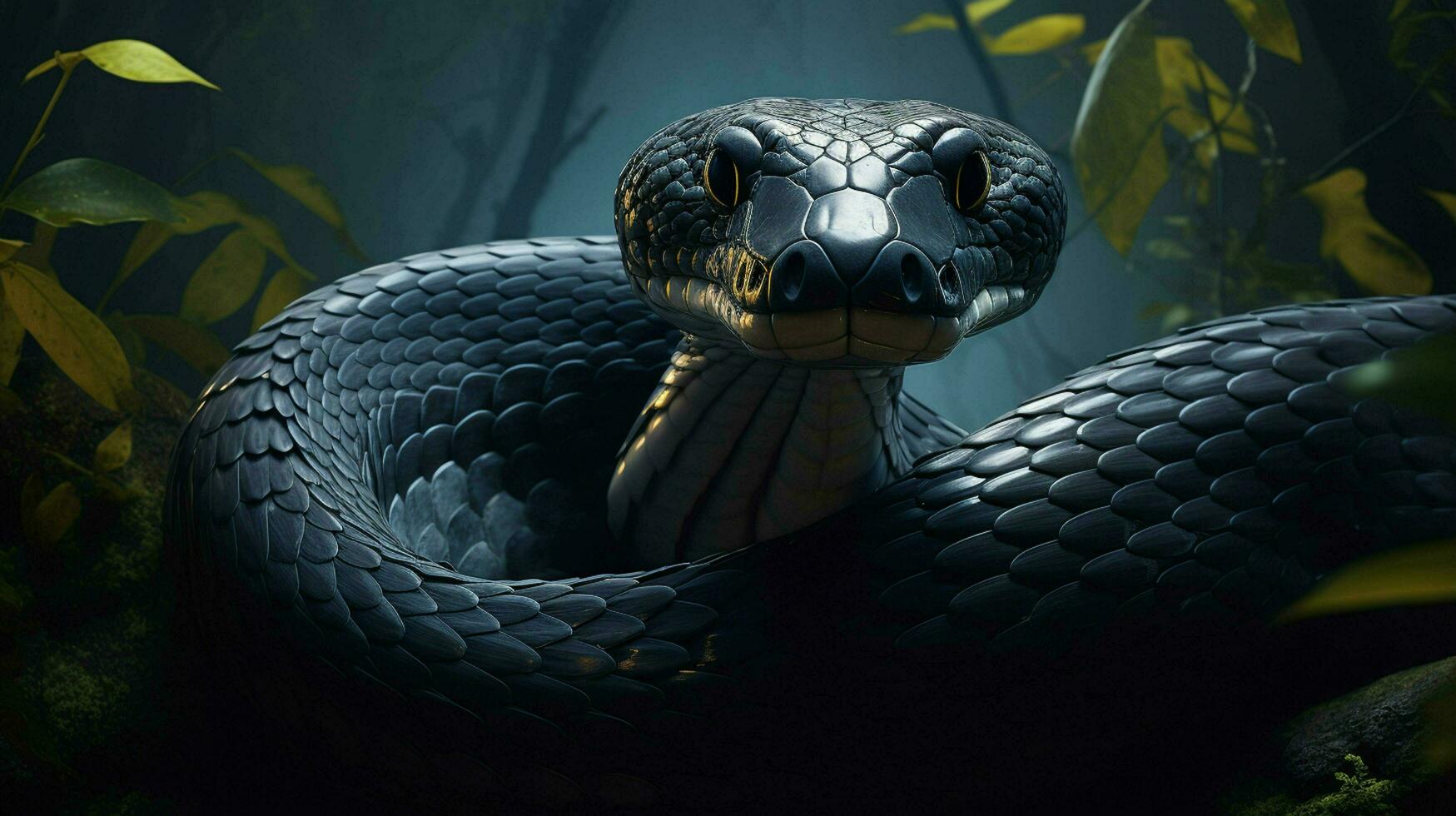
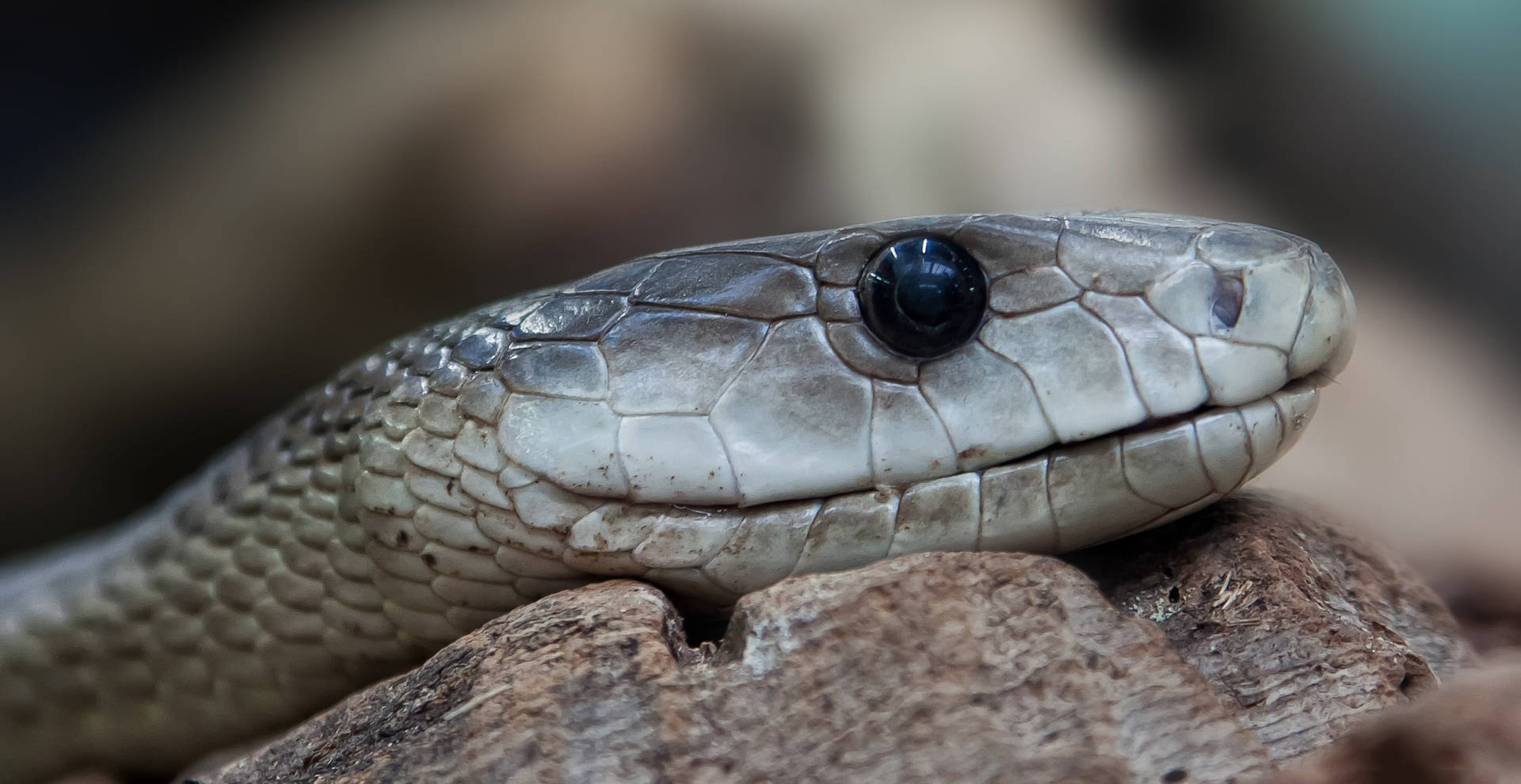
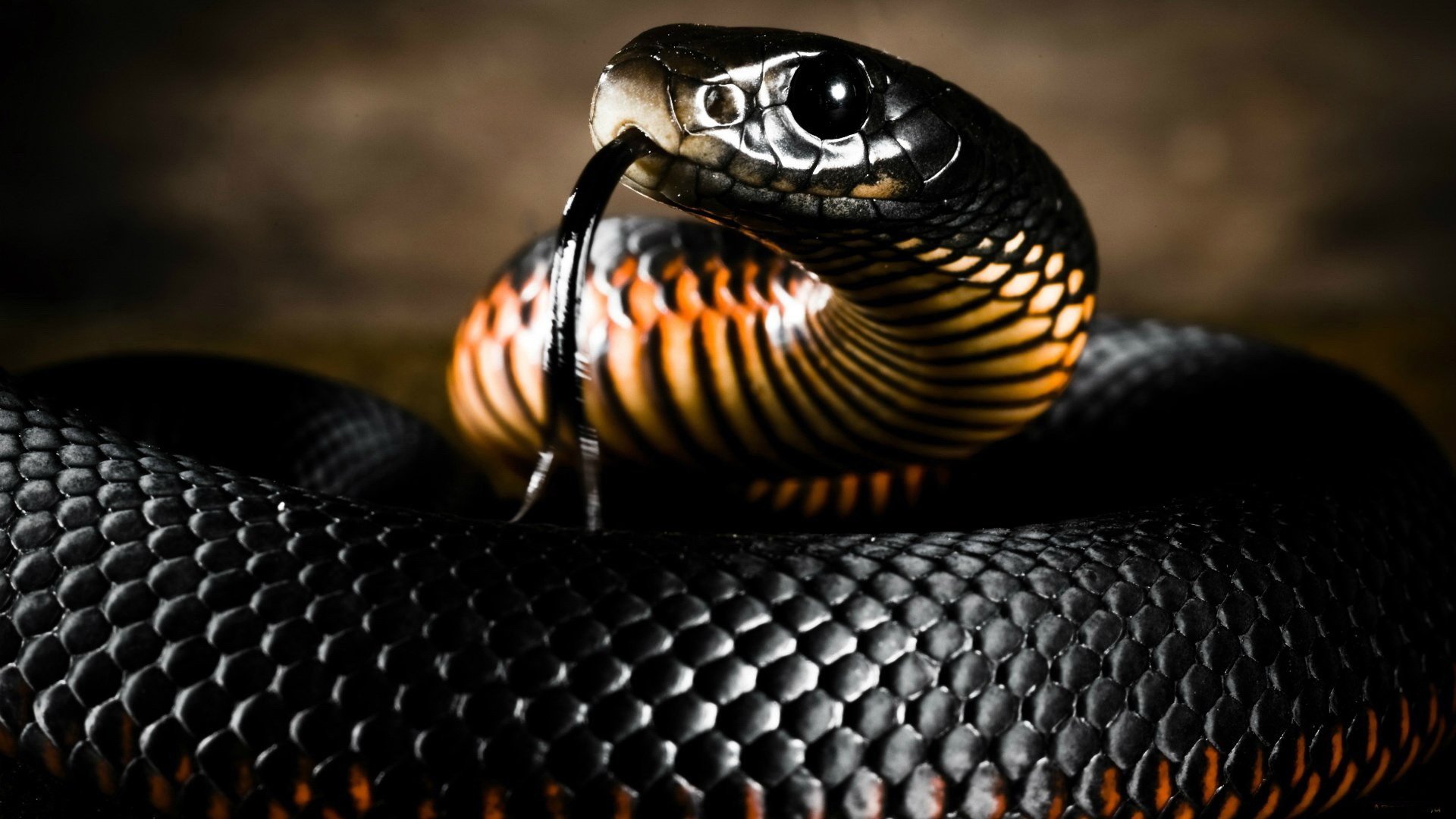
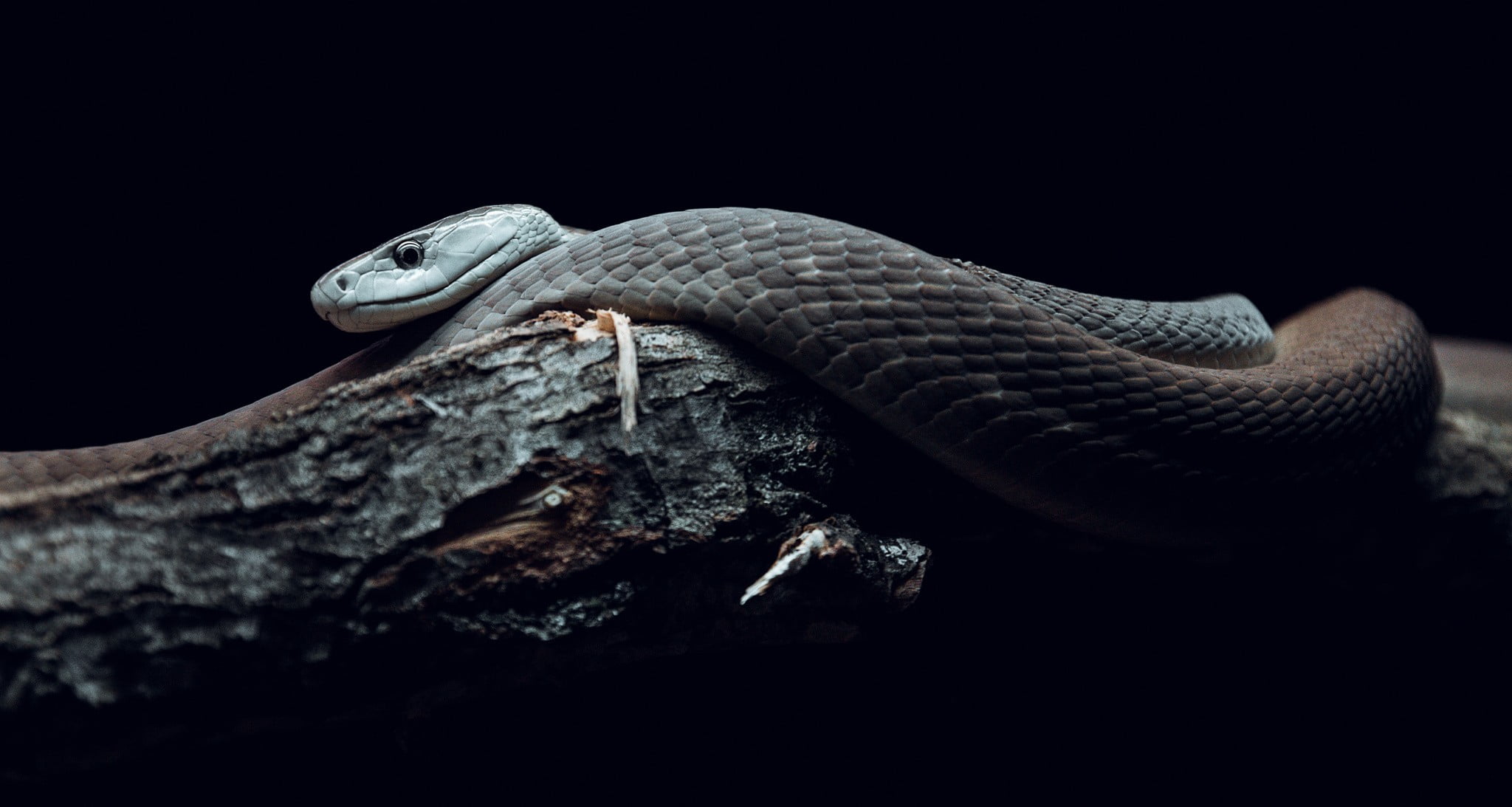

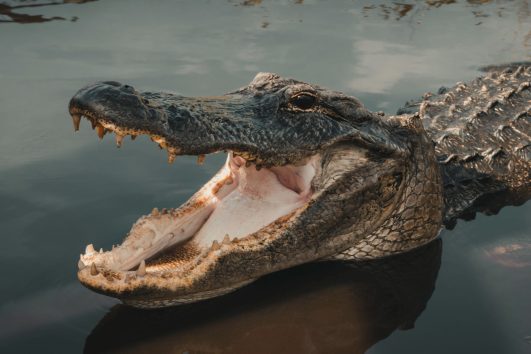
Tour Reviews
There are no reviews yet.
Leave a Review